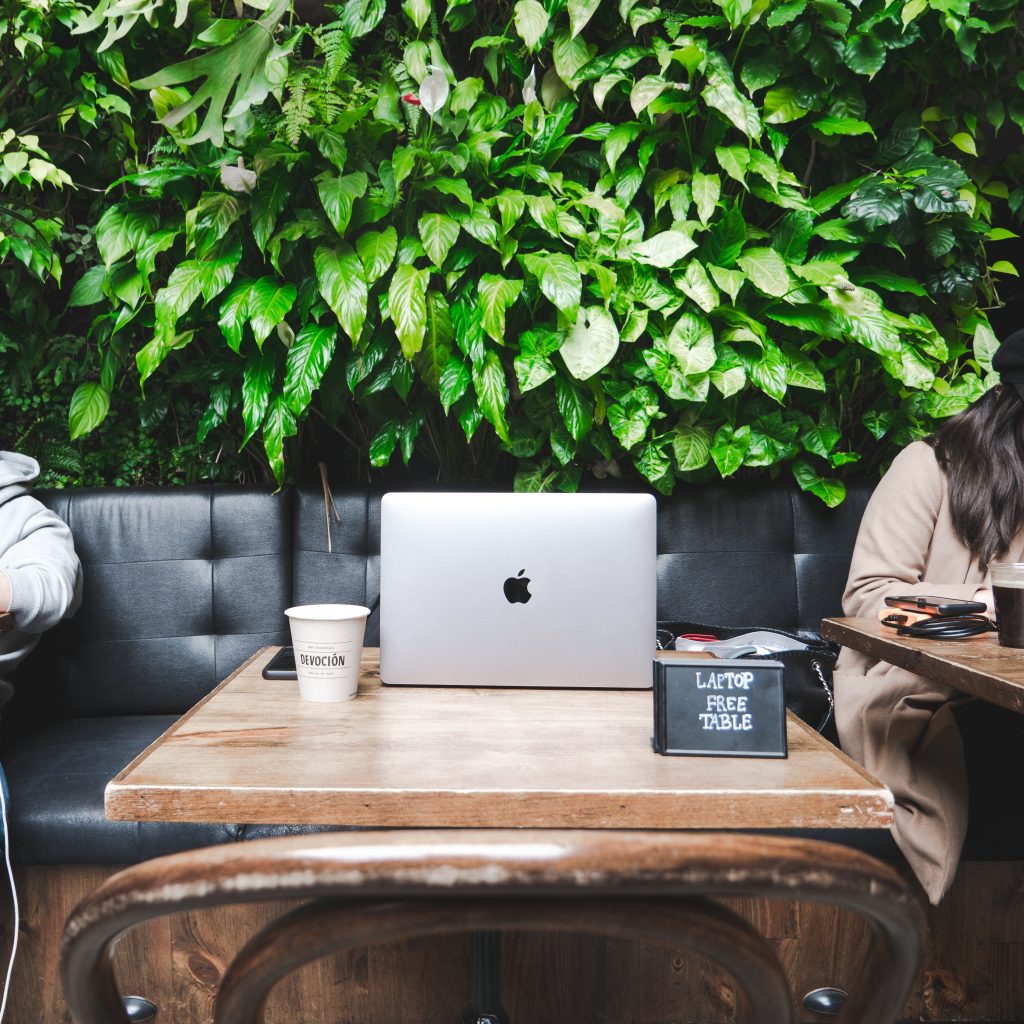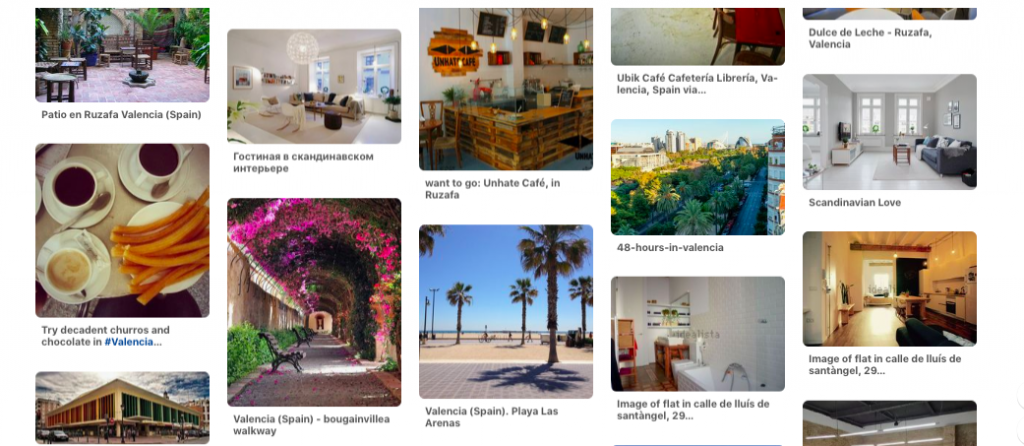
I’ve been working remotely for nearly 3 years now. Over that period of time I’ve done a mixture of working from home, setting up in a co-working space, and tapping away in cafes. Now that I’ve found a lovely new co-working space I mainly work from there.
If you are considering working remotely, or just getting started, here are 4 tips I rely on to make sure I feel at my best throughout the day.
1. Set up a routine (and get moving)
Some people are happy rolling out of bed in their pyjamas, turning on their laptop, sitting on the sofa and off they go. I am not that person. I need structure, routine, and I really need to move my body and get some fresh air before starting work.
So, I have a morning routine that includes meditation, yoga, then either a gym class or a walk in my local park. For the meditation, I use the Headspace app – I normally manage 10-15 mins. I use Youtube for the yoga – YogawithAdriene and SarahBethYoga, also 10-15 mins.
I love this routine. It allows me to wake up slowly, without rushing, and then get moving. At the gym there’s music, a few friendly faces to say hi to, the rush of endorphins. Especially when working from home, it feels good to be around other people first thing.
Then sat at my desk to start work, I feel energised and happy, ready to go. It’s the same if I walk in the park; I always listen to a podcast or music as I walk, which inspires me and puts me in a good mood.
2. Have a change of scene
I’ve also found that I’m best suited to a few different work locations in a day. Back when l started working from home all day, it got too much for me and by the afternoon I’d start to feel cut off from the world. I discovered that going to sit in a café for an hour or so was like a massive injection of energy; suddenly I was part of the world again, and I’d become super productive.
In the current coworking space, I work at a desk where I can stand or sit, and I’ll sometimes switch to a quiet meeting room, or the in-house café, depending on what I need. I really appreciate being able to change my position and my surroundings, depending on what I’m working on and my mood.
3. Take a proper lunch break
If you’re not in a traditional office set-up it can be easy to just keep on working… But it’s good to get away from your computer – ideally away from any screen, even better if you can take a walk outside… and drink lots of water!
4. Break between work and evening
I think it’s important to make a distinction between your working day and the evening. My number one favourite thing to do after work is to go for a walk. As was the case when I worked in an office, it feels so good to get outside, move and leave work behind. Going for a walk does wonders for your energy levels and can help you to relax.
***
I hope some of these tips help or inspire you if you are new to working remotely or looking to change your routine.
If you are considering a change of direction in your career or life in general, feeling stuck, and struggling to work out what to do next, I can help you. Send me a message here and we can set up a chat about life coaching.
Photo by Emmanuel Kontokalos on Unsplash




